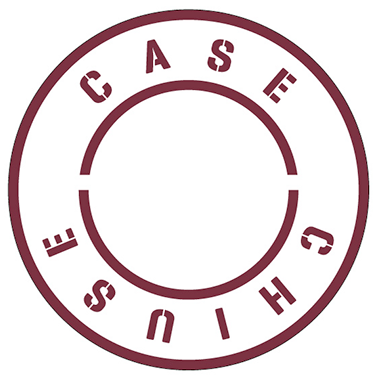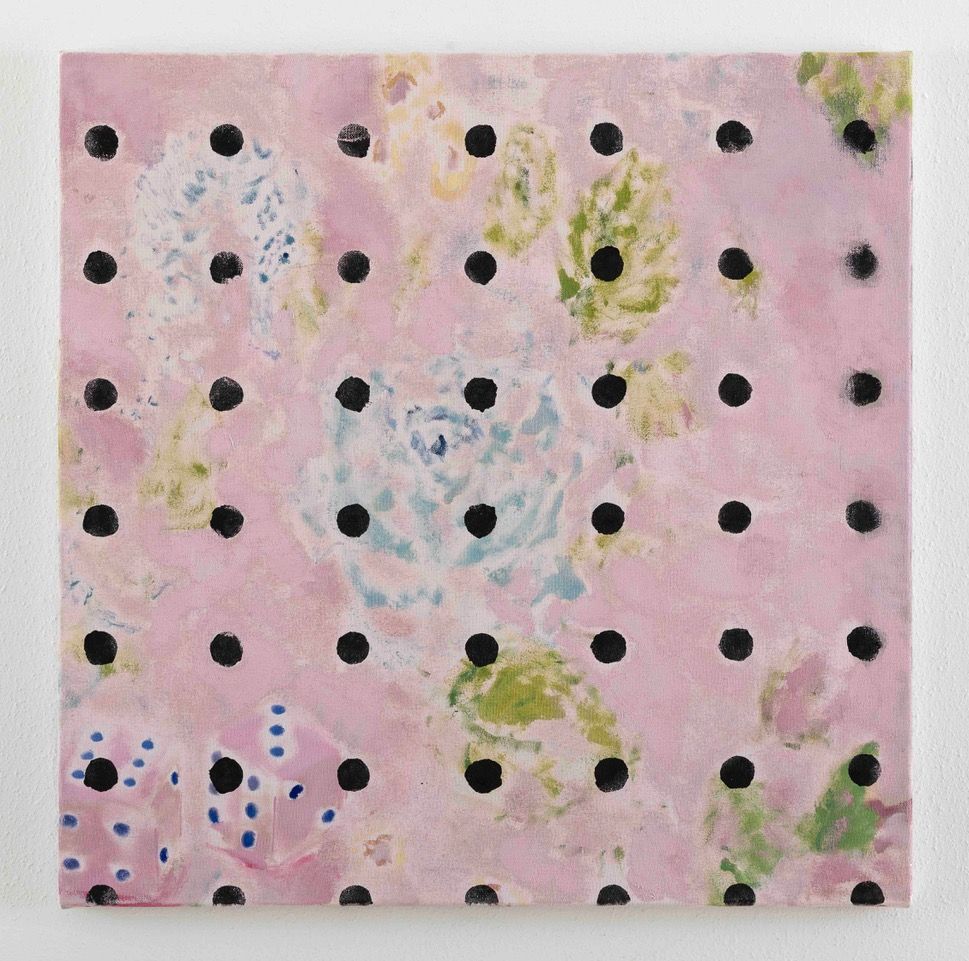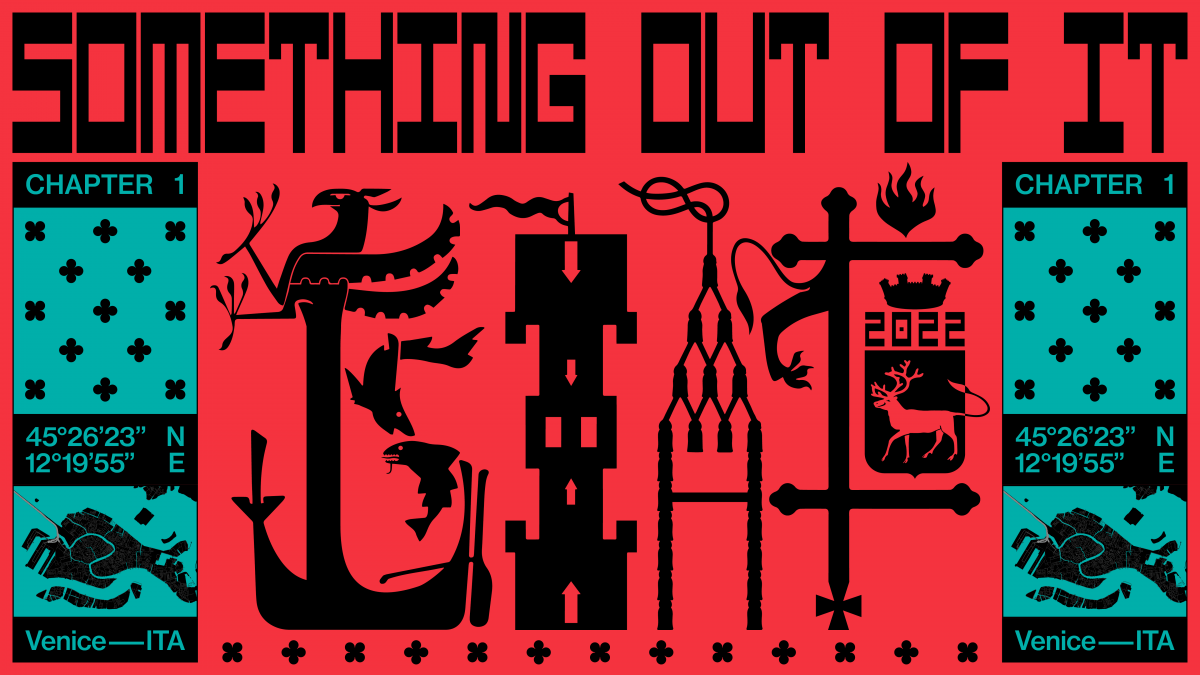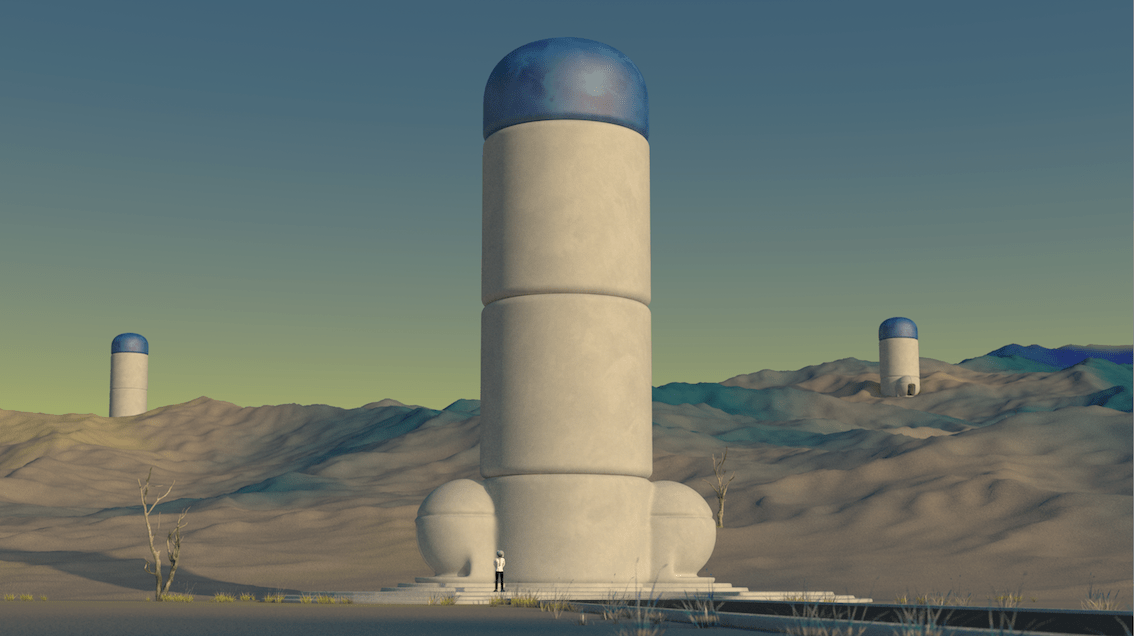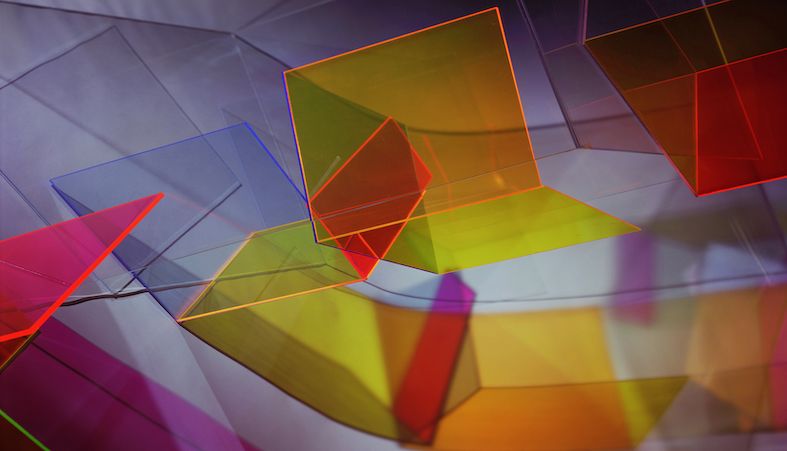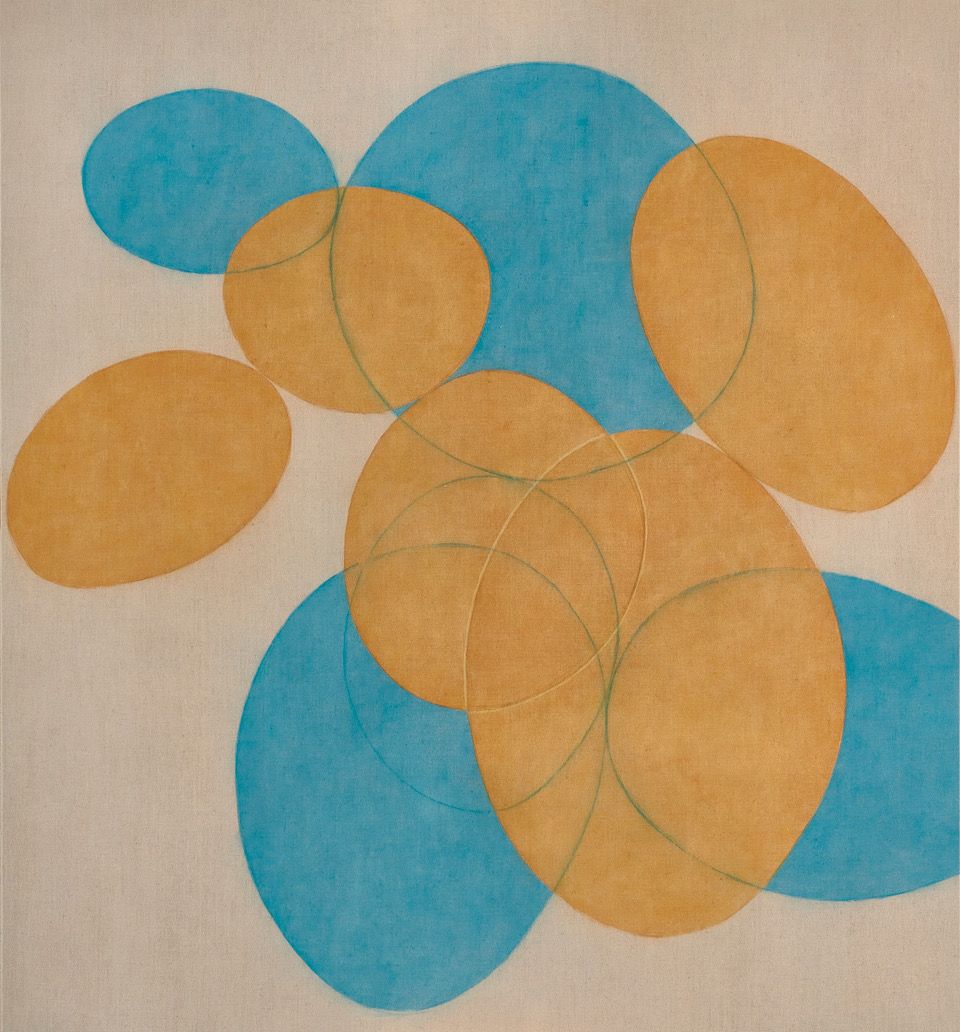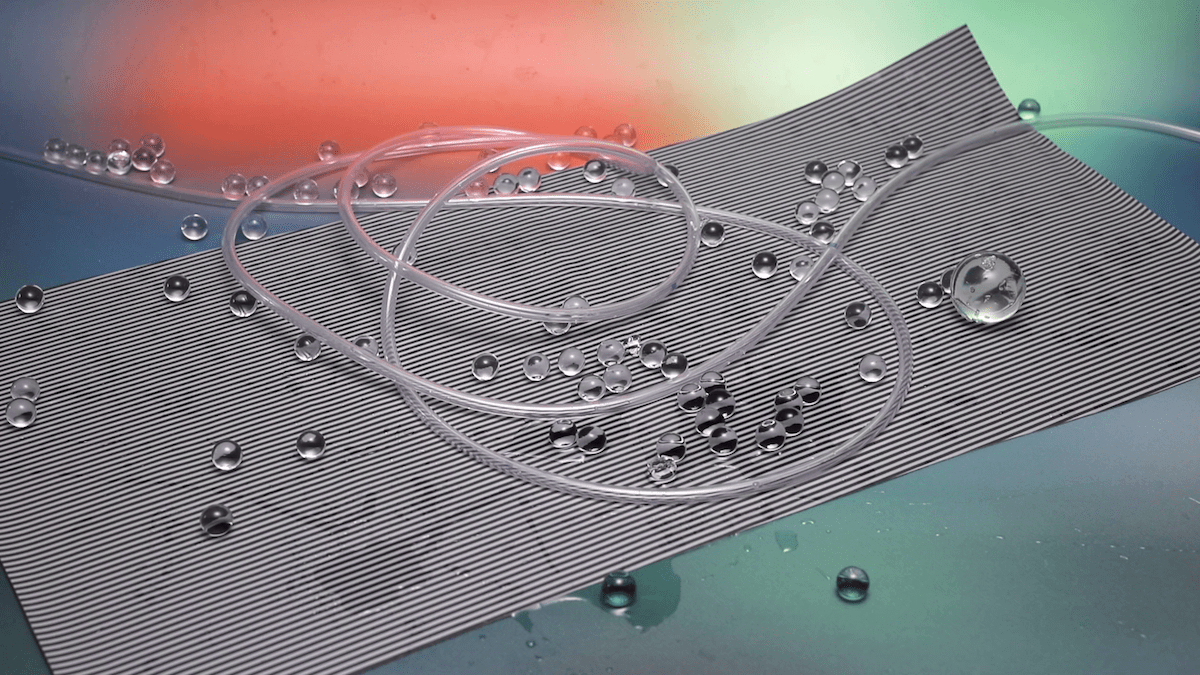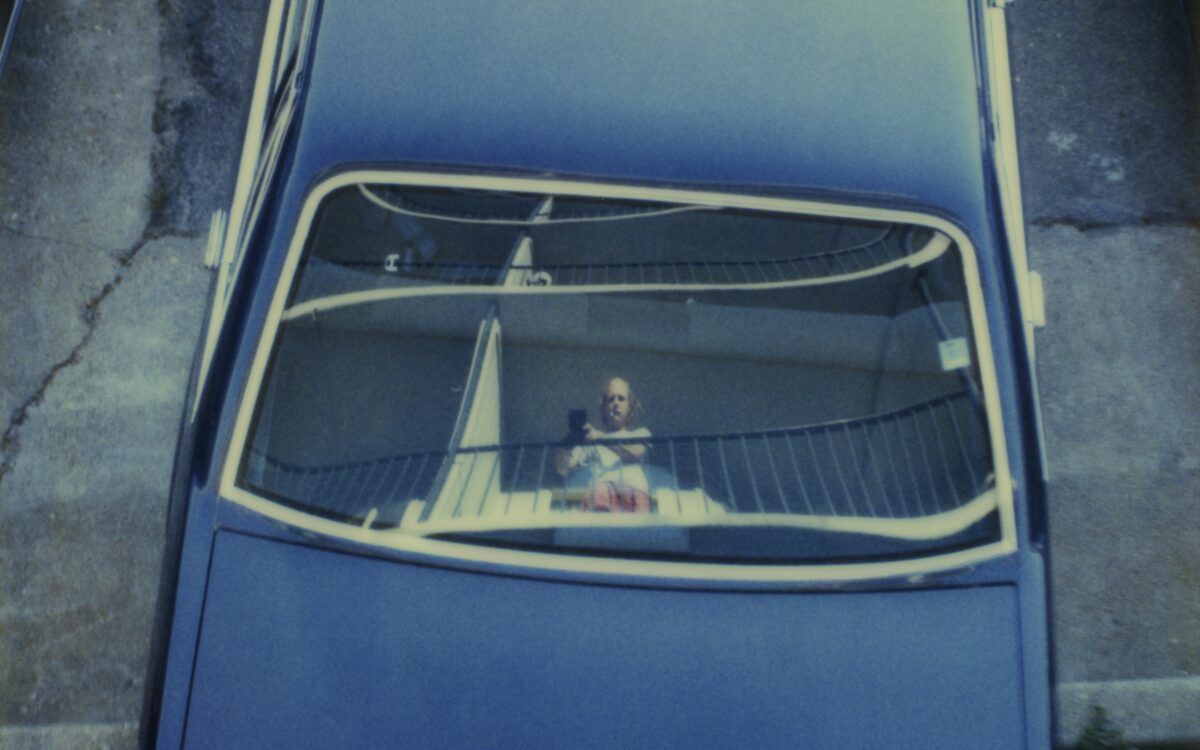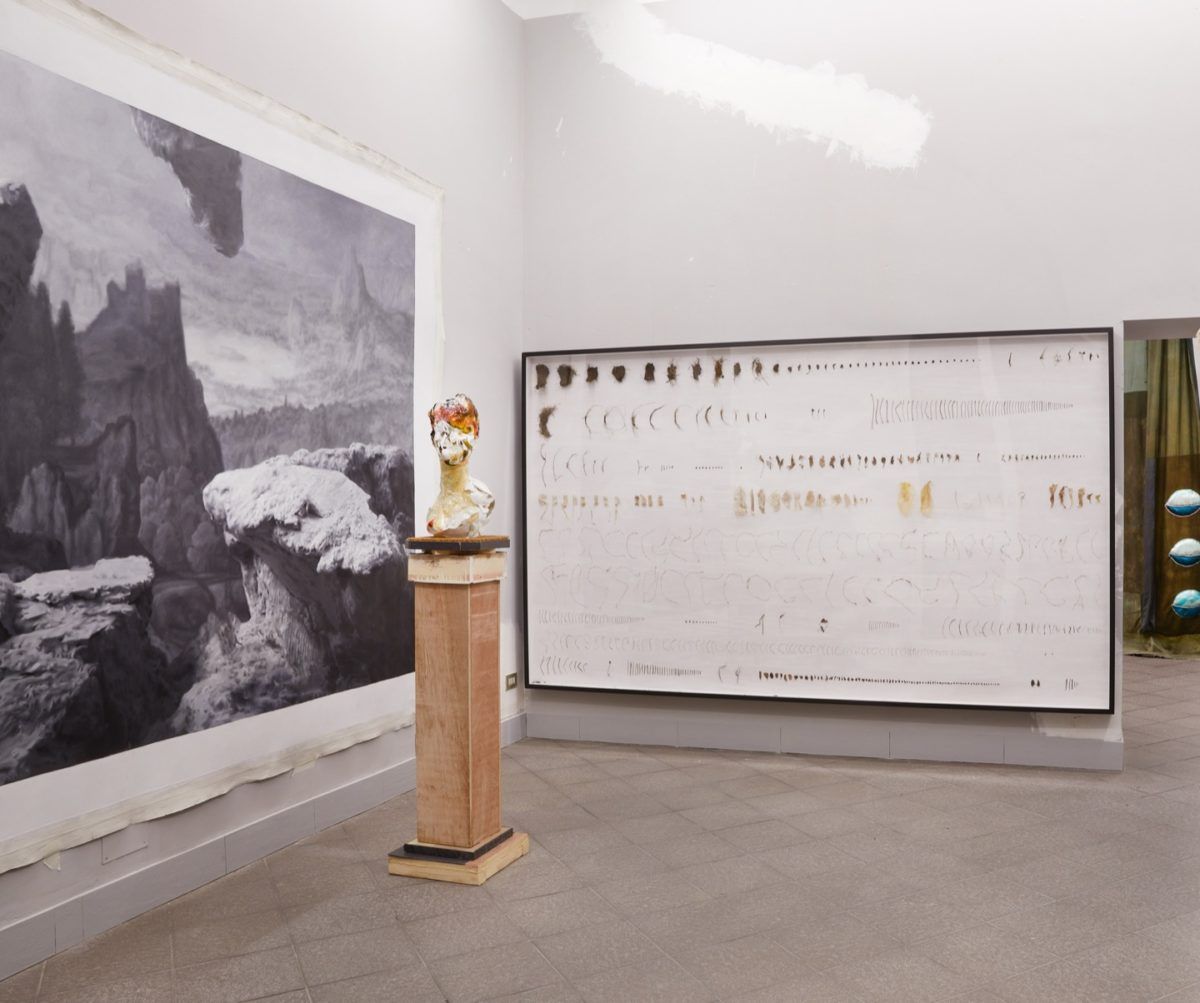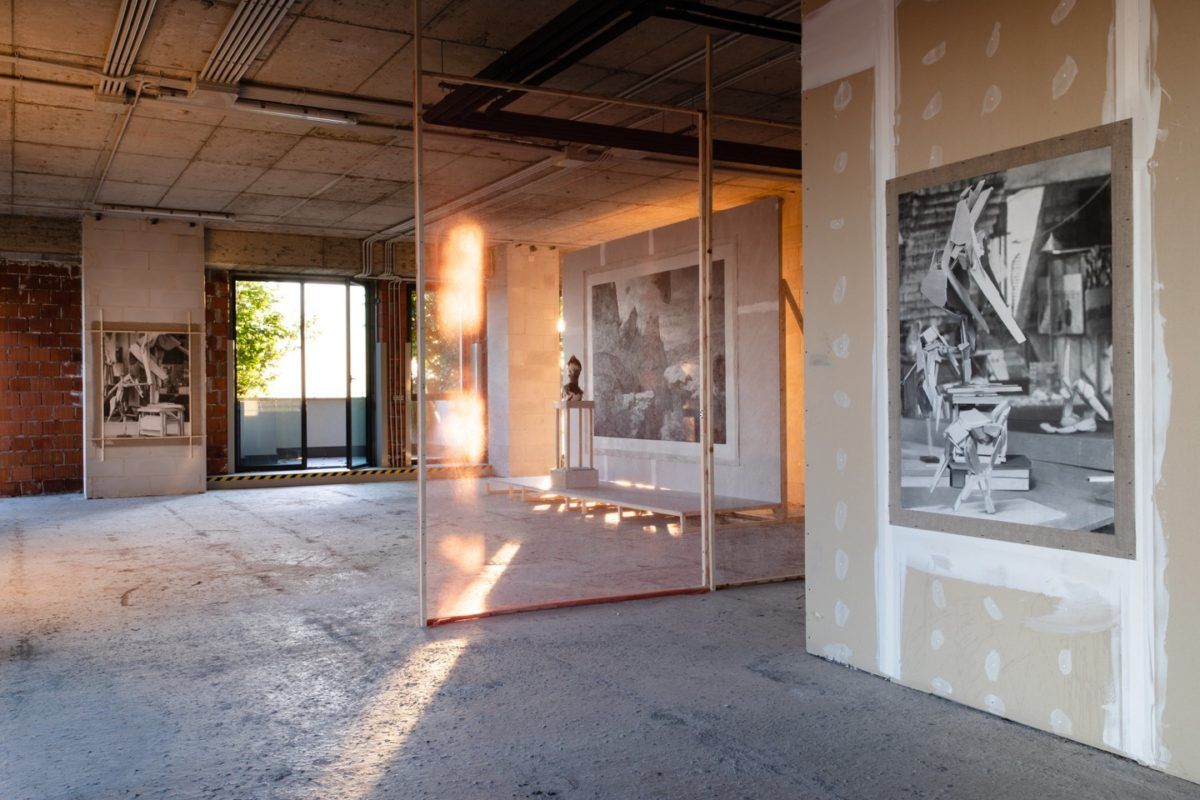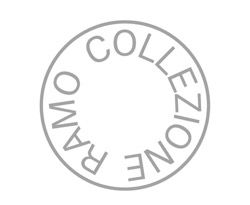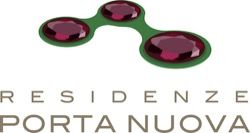Case Chiuse by Paola Clerico presents Consolations, a solo exhibition by Sofia Silva (Padua, 1990), at Maradeiboschi: a multidisciplinary research project focusing on ice cream, coffee and chocolate.
The exhibition takes place in the Chocolate Laboratory and can only be visited during times when the maître chocolatier is not using the worktops, tempering machines or moulds.
Consolations presents new paintings conceived around the idea of solace in suffering and the delicate companionship that beauty may sometimes offer. In the classical era, the consolatio was a philosophical-literary composition written to soothe grief – a mission that Sofia Silva’s canvases also set out to achieve.
Silva’s painting has always shown imagery related to an ephemeral, emergent and doleful female world. Her specificity within the vast panorama of contemporary painting lies in the introduction of intimate and personal objects and subjects to the language of analytical painting. The analytical grammar – ab-soluta, non-referential and steeped in medium-specificity – in which Silva roots her research is in fact betrayed by a series of details drawing on biographical and generational chronicles.
Sofia Silva’s works are often abstract panoramas with a concise figurative apparatus. Painting alla prima and di tocco, Silva couples simple techniques with more precious ones to suit the needs of the single painting.
The artist believes in an anti-illusionistic kind of painting, linked to the material quality of the painting-object, humble. To emphasise these aspects, Silva often uses collage – a technique that breaks up the unity of the surface; the fragments inserted within the collage come from other canvases by the artist. Fragments painted in the present or in the past may coexist on the same canvas, thereby toying with the concept of time in relation to painting, and hinting both at the artist’s own life story and the development of her hand.
The canvases exhibited in Consolations feature overt lyricism, decorative and symbolic devices used in votive painting (the Marian rose and lily, the titles of the Virgin from the Lauretan litanies), classical references (the hippocampus, the shades inspired by Attic white-ground lekythoi), subjects taken from the world of toys (the rocking horse, dice, toy soldiers) or from the epics.
Devoid of negative connotations, sorrow in Silva’s work is accompanied by sweetness and grace, revealing itself in the ambivalence of the colour pink. Be it scarce, sumptuous, burnt, pearly, icy, childlike or sepulchral, each painting has its own pink, which by referencing different moments in the history of art, activates atmospheres that are from time to time welcoming or stern. Pink ultimately ripens in the hue of the mara dei boschi: the variety of strawberry that gives the place its name.
Sofia Silva (b. 1990, Padua) studied at IUAV University of Venice (2009-2012) and gained a Master Degree in History of Arts and Preservation of Artistic Heritage at Cà Foscari University of Venice (2013-2016). In October 2023, she participated in the group exhibition Italian Painting Today, Triennale (Milan). In parallel to her painting practice, she has been writing texts on art for ten years for magazines and catalogues of institutions including La Quadriennale di Roma, Fondation Vincent Van Gogh Arles, KW Institute for Contemporary Art. She lives and works in Padua.
Founded in February 2014, Case Chiuse by Paola Clerico is a nomadic platform of research, production and consultancy in the field of contemporary arts. Over the years it has conceived and produced exhibitions occupying special places that would otherwise not be accessible, chosen together with the artists for their authenticity and relevance – be it functional, narrative or sentimental – to the project. The idea of a physical and mental wandering as a source of freedom also guided the work of Case Chiuse throughout the three years the platform was based in Via Rosolino Pilo 14 in Milan: a partially sedentary interlude that ended in September. With Case Chiuse #16 – Consolations, the platform once more becomes nomadic.
Maradeiboschiproduces artisan chocolate by
researching and selecting raw materials of the highest quality. Maradeiboschi creates
special editions by transferring concepts and forms developed in collaboration
with artists, designers, writers, scientists, innovative companies and
start-ups into the product. The passionate design and the careful handcrafting
of each chocolate and box result in a unique product in both shape and taste.
